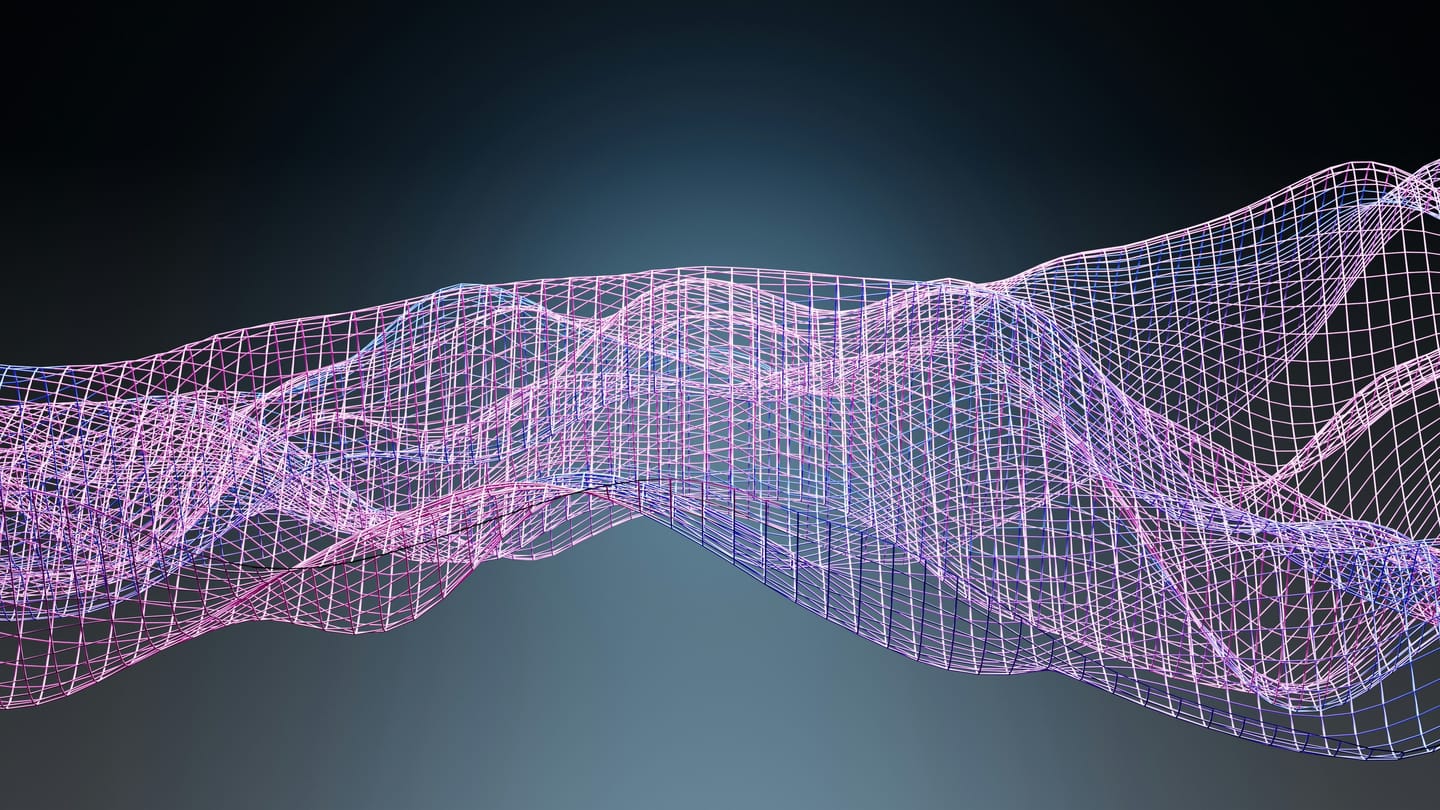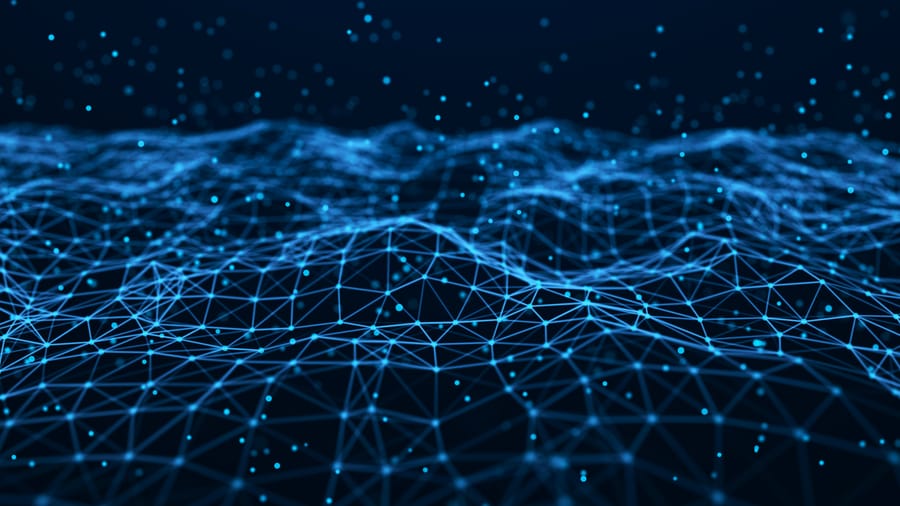Neural networks represent one of the most significant developments in machine learning, offering computational models inspired by the biological neural networks of animal brains. As specialised models within the broader machine learning paradigm, neural networks have evolved from theoretical constructs to practical tools that drive modern artificial intelligence applications. The conceptual origins of neural networks can be traced to McCulloch and Pitts' (McCulloch & Pitts 1943) seminal work on mathematical models of neural activity, which established the theoretical foundation for artificial neurons. Shepherd (2004) further contextualises this as the origin of formal neuron models rather than universal computation. Rosenblatt's (1958) development of the perceptron marked the first practical implementation of these ideas, introducing a learning algorithm that could automatically adjust connection weights based on training examples. However, the field experienced what Minsky and Papert (1969) termed the "perceptron controversy," when they demonstrated fundamental limitations of single-layer perceptrons in solving non-linearly separable problems such as the XOR function. This critique led to reduced interest in neural networks during the 1970s, often referred to as the first "AI winter." The resurgence came with Rumelhart, Hinton, and Williams' (1986) popularisation of the backpropagation algorithm, which enabled the training of multi-layer networks and effectively addressed the limitations identified by Minsky and Papert.
Within the broader taxonomy of machine learning, neural networks occupy a distinctive position as universal function approximators capable of learning complex, non-linear mappings between inputs and outputs. Mitchell (1997) defines machine learning as "the study of computer algorithms that improve automatically through experience," and neural networks exemplify this definition through their ability to learn from data without explicit programming of the underlying relationships. Neural networks can be categorised within multiple machine learning paradigms. In supervised learning contexts, they excel at classification and regression tasks, whilst in unsupervised learning, architectures such as autoencoders and generative adversarial networks (Goodfellow et al. 2014) have proven particularly effective for dimensionality reduction and data generation. The flexibility of neural architectures allows them to bridge traditional machine learning boundaries, with reinforcement learning applications demonstrating remarkable success in complex decision-making scenarios (Mnih et al. 2015).
Neural network architectures have evolved towards domain-specific specialisation. Convolutional Neural Networks (CNNs) revolutionised computer vision by embedding spatial locality and translation invariance (LeCun et al. 1989), whilst Recurrent Neural Networks (RNNs) and Long Short-Term Memory networks (Hochreiter & Schmidhuber 1997) introduced temporal memory mechanisms for sequential data processing. The transformer architecture (Vaswani et al. 2017) further advanced this specialisation through attention mechanisms, enabling networks to selectively focus on relevant input components and driving recent breakthroughs in large language models. The universal approximation theorem (Cybenko 1989; Hornik 1991) provides theoretical justification for neural networks' broad applicability by demonstrating that single hidden-layer networks can approximate any continuous function to arbitrary accuracy. Subsequent refinements (Pinkus 1999) specify the necessary activation properties, while Hornik et al. (1989) extend approximation to multi-layer architectures. However, this theoretical guarantee offers no practical guidance on network construction or computational requirements. Bengio, Courville, and Vincent (2013) argue that deep networks' true power lies in learning hierarchical representations that capture increasingly abstract data features.
Despite widespread success, neural networks face significant limitations, including interpretability challenges in high-stakes applications (Rudin 2019), substantial data and computational requirements, overfitting tendencies, and vulnerability to adversarial examples (Szegedy et al. 2013). Contemporary applications span computer vision, natural language processing, and robotics, with large language models like GPT-3 (Brown et al. 2020) demonstrating increasingly sophisticated capabilities. Current research focuses on improving sample efficiency, developing interpretable architectures, and integrating symbolic reasoning with neural computation.
References:
1. Bengio, Yoshua, Aaron Courville, and Pascal Vincent. 2013. ‘Representation Learning: A Review and New Perspectives’. IEEE Transactions on Pattern Analysis and Machine Intelligence 35(8): 1798–1828. ^ Back
2. Brown, Tom, Benjamin Mann, Nick Ryder, Melanie Subbiah, Jared D. Kaplan, Prafulla Dhariwal, Arvind Neelakantan, et al. 2020. ‘Language Models Are Few-Shot Learners’. Advances in Neural Information Processing Systems 33: 1877–1901. ^ Back
3. Cybenko, George. 1989. ‘Approximation by Superpositions of a Sigmoidal Function’. Mathematics of Control, Signals and Systems 2(4): 303–314. ^ Back
4. Goodfellow, Ian J., Jean Pouget-Abadie, Mehdi Mirza, Bing Xu, David Warde-Farley, Sherjil Ozair, Aaron Courville, and Yoshua Bengio. 2014. ‘Generative Adversarial Nets’. Advances in Neural Information Processing Systems 27. ^ Back
5. Hornik, Kurt. 1991. ‘Approximation Capabilities of Multilayer Feedforward Networks’. Neural Networks 4(2): 251–257. ^ Back
6. Hornik, Kurt, Maxwell Stinchcombe, and Halbert White. 1989. Multilayer feedforward networks are universal approximators. Neural Networks, 2(5): 359–366. ^ Back
7. Lake, Brenden M., Tomer D. Ullman, Joshua B. Tenenbaum, and Samuel J. Gershman. 2017. ‘Building Machines That Learn and Think like People’. Behavioral and Brain Sciences 40: e253. ^ Back
8. LeCun, Yann, Bernhard Boser, John S. Denker, Donnie Henderson, Richard E. Howard, Wayne Hubbard, and Lawrence D. Jackel. 1989. ‘Backpropagation Applied to Handwritten ZIP Code Recognition’. Neural Computation 1 (4): 541–551. ^ Back
9. Minsky, Marvin, and Seymour Papert. 1969. Perceptrons. Cambridge, MA: MIT Press. ^ Back
10. Mitchell, Tom M. 1997. Machine Learning. New York: McGraw-Hill. – ^ Back
11. McCulloch, Warren S., and Walter Pitts. 1943. ‘A Logical Calculus of the Ideas Immanent in Nervous Activity’. The Bulletin of Mathematical Biophysics 5: 115–133. ^ Back
12. Mnih, Volodymyr, Koray Kavukcuoglu, David Silver, Andrei A. Rusu, Joel Veness, Marc G. Bellemare, Alex Graves, et al. 2015. ‘Human-Level Control through Deep Reinforcement Learning’. Nature 518 (7540): 529–533. ^ Back
13. Pinkus, Allan. 1999. Approximation theory of the MLP model in neural networks. Acta Numerica, 8: 143–195. ^ Back
14. Rosenblatt, Frank. 1958. ‘The Perceptron: A Probabilistic Model for Information Storage and Organization in the Brain’. Psychological Review 65(6): 386. ^ Back
15. Rudin, Cynthia. 2019. ‘Stop Explaining Black Box Machine Learning Models for High Stakes Decisions and Use Interpretable Models Instead’. Nature Machine Intelligence 1(5): 206–215. ^ Back
16. Rumelhart, David E., Geoffrey E. Hinton, and Ronald J. Williams. 1986. ‘Learning Representations by Back-Propagating Errors’. Nature 323 (6088): 533–536. ^ Back
17. Szegedy, Christian, Wojciech Zaremba, Ilya Sutskever, Joan Bruna, Dumitru Erhan, Ian Goodfellow, and Rob Fergus. 2013. ‘Intriguing Properties of Neural Networks’. arXiv preprint arXiv:1312.6199. ^ Back
18. Vaswani, Ashish, Noam Shazeer, Niki Parmar, Jakob Uszkoreit, Llion Jones, Aidan N. Gomez, Lukasz Kaiser, and Illia Polosukhin. 2017. ‘Attention Is All You Need’. arXiv. doi:10.48550/ARXIV.1706.03762 – ^ Back







